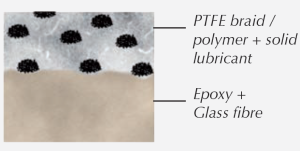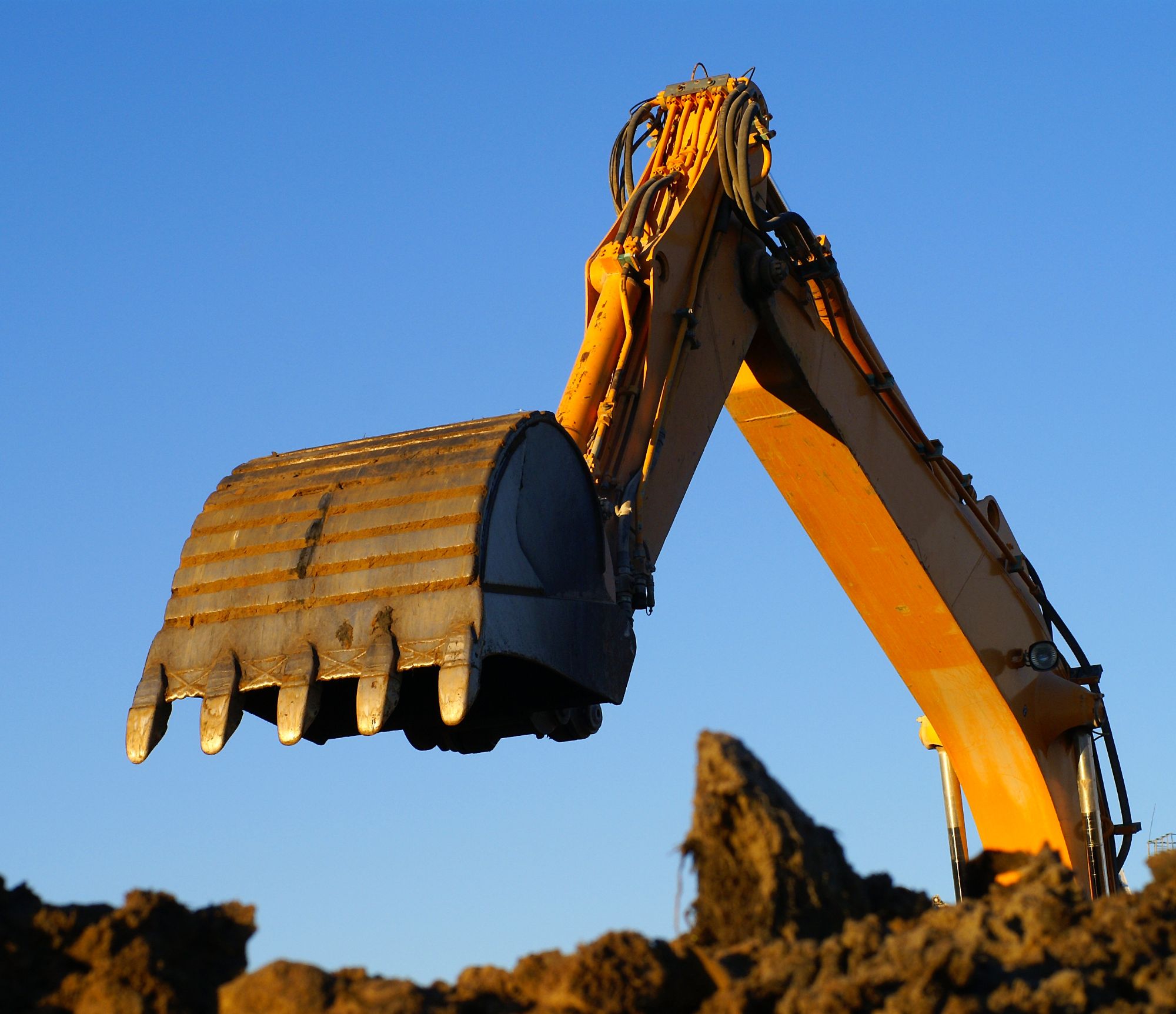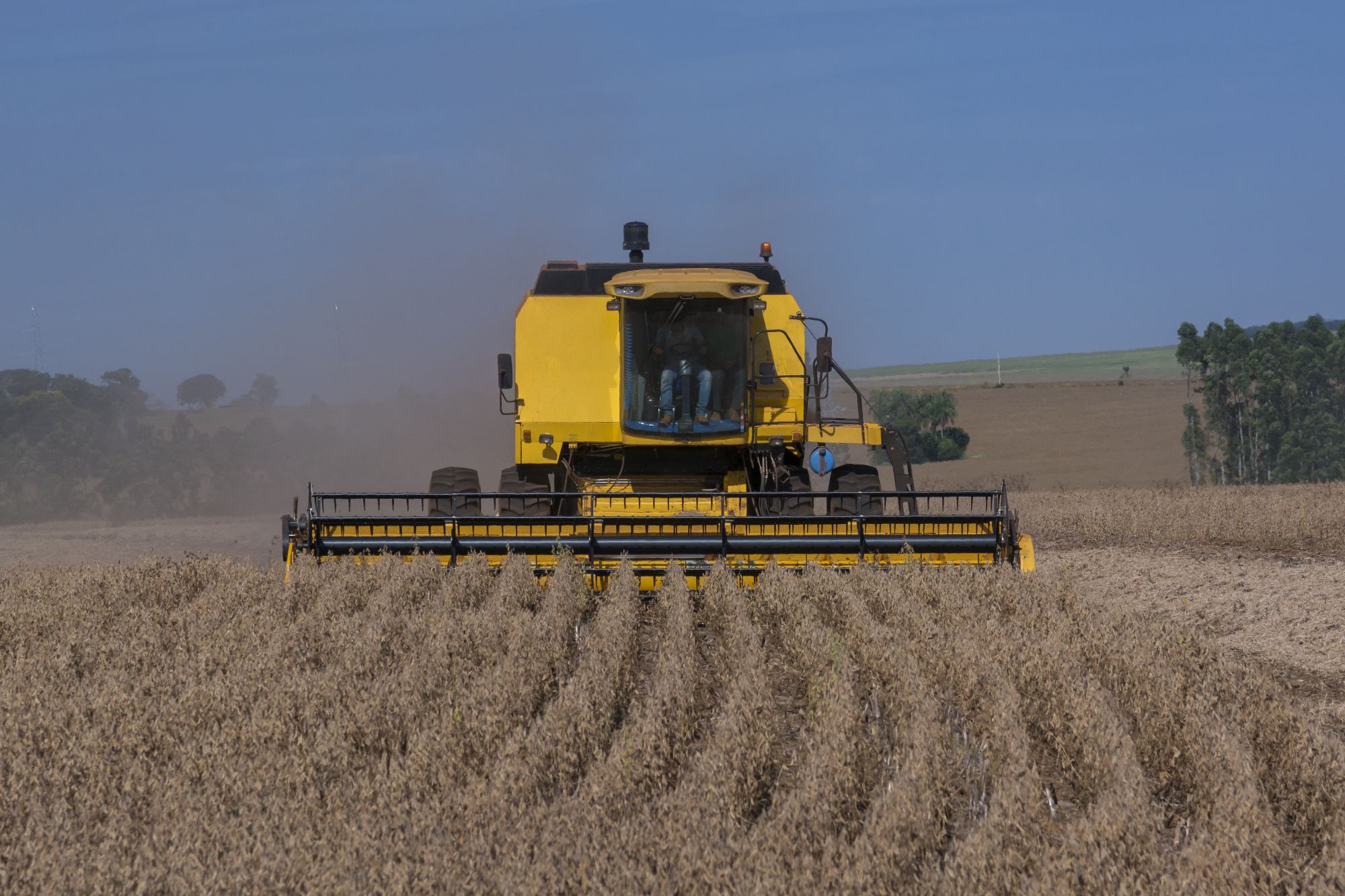TCT bushings
Composition
TCT bushings are made from two layers:
- A fibreglass epoxy resin structure which stiffens the bushing and provides rigidity
- A self-lubricating sliding layer: a layer of PTFE and highly resistant synthetic fibres, impregnated with PTFE-based solid lubricant

Recommendations
Techné recommends the following technical parameters for the use of TCT bushings:
Variant TC-FC
TC-FC bushings are wrapped with fibres and are impregnated with thermosetting resins. This light bushing has a PTFE layer which provides the bushing self-lubricating properties.
The bushing is characterised by its high load capacity and is particularly suitable for frequent starts and stops.
The TC-FC bushings have a dimensional range of 2.5 mm thickness. They can therefore be mounted instead of a wrapped bushing.
Advantages of TCT bushings
- TCT bushings are self-lubricating, no need for oil grooves.
- They are often used to replace bronze bushings for which maintenance and relubrication is required.
- TCT bushings have an excellent load resistance such as metal bushings with the same lifetime.
- Moreover, they can be set up in corrosive environment without damage thanks to their superior chemical resistance compared to other bushings.
Limitations of TCT bushings
TCT bushings have a specific dimensional range, especially in terms of thickness.
TCT bushings have a low resistance to steam
Applications
TCT bushings often replace bronze bushings in lifting equipment, construction machinery, transport and agricultural equipment. They are also preferred in marine equipment.




